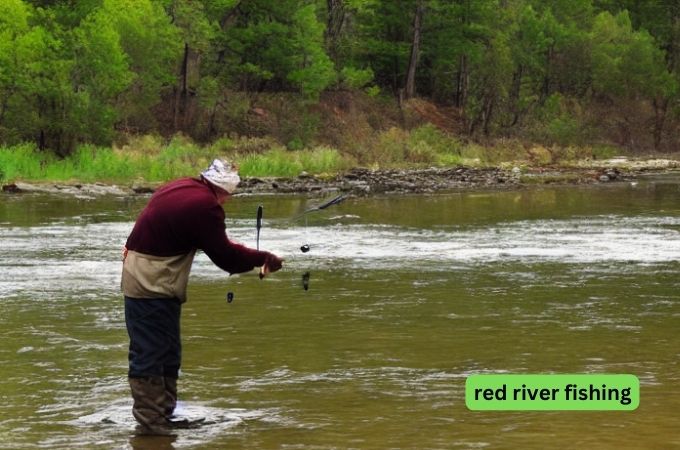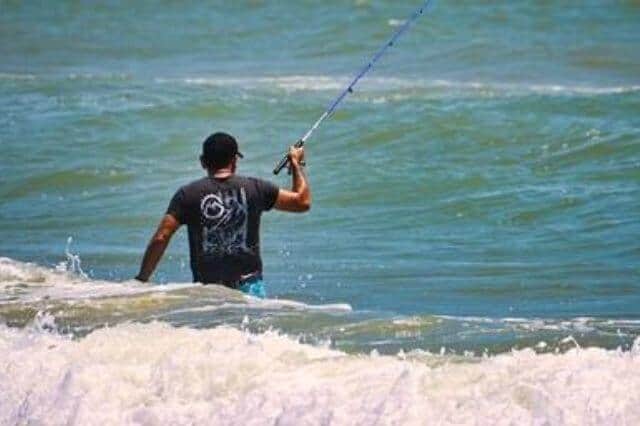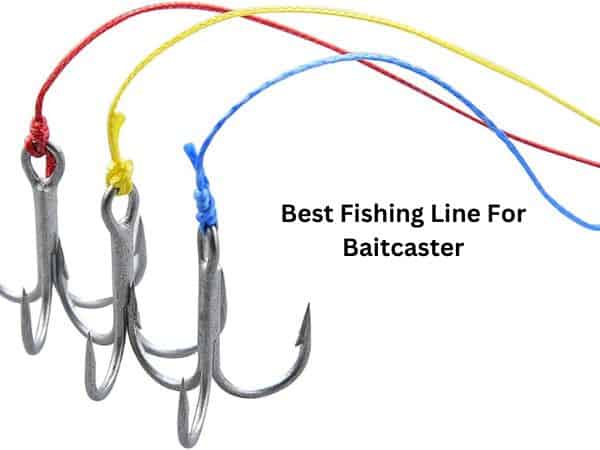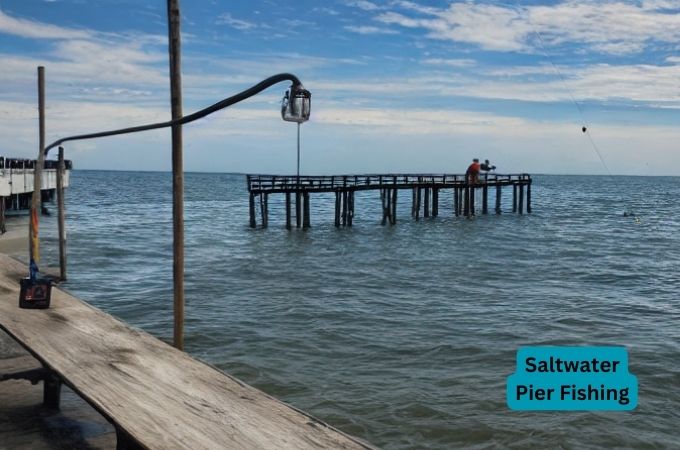Ice Fishing Tips | 10 Tips For Finding And Catching More Fish In An Icy Area
Today we discuss Ice Fishing Tips. Just like people move and live differently from each other in tropical and polar regions, fishes do the same. Due to their smaller and vague appearance, it is easy to make the mistake that they do not move around cleverly. They are living beings too, just smaller ones with fewer capacities.
Although they do not have a well-functioning brain they do have basic survival instincts. In order to catch them easily, you have to understand their ways first aside from upgrading your techniques.
It is obvious that fish will stay and live differently in ice waters than the normal ones. Moreover, ice fishing is more challenging than normal fishing. So, you cannot just sit there and wait for luck to knock at your door. You have to take charge and find those fishes yourself. And, ice fishing tips will be useless if you do not know where to look.
A Look Into How Fishes Think And Move Because Fishing Tips For Ice Water Will Be Useless If You Don’t Know Your Fishes:
There is a reason, humans are unpredictable. It’s because they have a fully functional brain. You cannot expect the same from the fishes and fishes do not throw curve balls at you. Once you figure out how fishes move and hide, ice fishing will be a breeze.
Apparently, fishes follow certain patterns of living to survive. While all of them may not be accurate, they do have some influence on whatever the final position of the fish ends up being. Apart from that, you will have a higher chance of catching them if you know where to look and how to look anyway. So, here are some basic facts about fishes in icy waters.
Fishes Need Oxygen And They Move Based On Its Availability:
You might have thought that you need oxygen too and you cannot breathe underwater. So, maybe, fishes do not need it. (unless you have some basic knowledge in science or biology). But, all living beings need oxygen and fishes take it from water through their gills.
Now what you need to know is that the amount of oxygen decreases as you go deeper into the water. Furthermore, it decreases even more when winter approaches or it is winter.
So, when it is winter or winter is approaching, fishes of shallow water tend to stay in the shallower parts of the water. On the other hand, deep water fishes base their movement on other factors like food and cover as they can breathe well in low oxygen parts as well. In fact, deep water fishes tend to remain deeper as it is warmer there.
They Tend To Be More Active At Certain Times:
It is not just the location of the fish that matters. How they react to season changes does too. Ever felt reluctant to get up from bed (more intensely) during winter than summer? It’s because you are ought to feel lazier in winter mornings than in summer ones.
Apparently, the level of activity of fish increases or decreases similarly based on season changes. For example, when it’s winter, due to the lack of warmth, fishes become less active just like ants. Therefore, it is more likely to get frustrated when you fish mid-winter as it will be the coldest and the fish won’t want to move much.
On the other hand, when it’s just the beginning of winter or when it is ending, the fishes become more active and you will find it easier to catch them.
Moreover, it is not just that. Fishes become active at certain times of the day as well. And, on certain days. We will talk more about that when talking about the eating patterns of fish.
So, when you go fishing is an important factor.
They Sense Danger And Things Quite Accurately:
You might think that the only thing that makes the fish feel threatened is an irregular movement from the lure that either ends up killing them or giving them a scare of a lifetime. However, although that’s the most prominent, that’s not the only danger they sense.
The first one might actually surprise you. Fishes are capable of seeing colors. Chances are that they see you in full color when the sun is up and the water is clear. However, they are mostly better at seeing things above them and that is why you place the lure above them.
Another sense they use is the lateral line. Just like ants, fishes use this line to maintain a line when moving in groups and also to sense any kind of irregularity. Apparently, they also find food through this.
Apart from that, fishes find food by detecting movements. There is a better chance for them to find food if the food is moving.
So, these are the senses you have to be aware of to fully attack a fish. However, you still might face unpredictable behavior as living beings go crazy when to come to losing a life. You would too.
They Get Active In Look For Food Following A Few Patterns:
It is not just time and movement that guides a fish when looking for food. It’s their own unknown preference for being active at certain times as well. I don’t know the reason but fishes are more active at certain times of the day, night and year to look for food. It is easier to catch them during these times.
For example, they tend to be more active when the sun is either rising or setting. There is a chance that you will catch more fish at these times.
Furthermore, fishes also tend to be more active on nights with a full moon. We do not know if there is a genetic connection between them and werewolves but they just do and you should utilize that.
Lastly, they are more active during stable weather and storms. Storms may be bad for humans but it’s not for fish. This may be because they feel safer and more at home so want to find more food and procrastinate.
10 Valuable Ice Fishing Tips That Will Make Your Days Fruitful:
1. Choose The Right Time And Right Place:
In fact, the right time and the right place will turn your world upside down. You will start finding fishes in lakes you marked as deserted. Apparently, you already know what fishes tend to do in certain weather and certain times. This knowledge is useless if you keep following your regular routine of going to fish when the sun is high up in the sky. Be a bit more flexible and experiment during peak hours.
2. Use Different Jigs:
Not all fishes prey on the same things. You might have only one type of jig that either mimics a vertical movement or a horizontal one. But, there is another option to choose when fishes stop biting your vertical jig. Just swap to a horizontal jig and you will see new species of fish swarming your way. You see, a little disruption in monotonous actions can take you a long way. Spend a few extra bucks for a new but opposite jig and you can earn multiple times more.
3. Give The Fishes A Break From Live Lures:
When you use the same technique multiple times, it loses its effectiveness. Similarly, when you keep sending the live baits with similar kinds of movements, the fishes get used to it and stop responding to your tricks. Therefore, change your game plan a bit and offer them plastic lures then. But, make sure the plastic lure is of high quality so that the fish does not learn about its disguise. It is wonderful how we are discovering more and more that fishes get bored just like us.
4. Attract Attention:
Too afraid to do something extra because the fish might find out the lure is a fake? Whether you believe it or not, in ice fishing, it is better to seize attention than just let your target swim in peace. So, in order to gain attention what you can do is make the jig bounce off the bottom.
When it does, it will not only create an explosive sound underwater but also bring some of the debris up. This will definitely catch the fish’s eye and they will come swimming at flying speed towards your lure to see if they can eat it.
5. Find Depressions And Mark Them As Your Friends:
Apart from being at the right place at the right time, there is one more irregular thing you can do. Although depressions are found at a bit deeper locations and with much patience, find them. Because once you do, it will be worth your whole fishing time.
Apparently. It’s not just the bigger fishes but also the smaller fishes that move toward the depressions in mid-winter. Therefore, you have a higher chance of landing a fish after spending half your time finding a depression.
6. Observe The Fishes:
You might miss a first few if you take too long to observe what the fish does but you will rarely miss again if you figure out how they respond. The thing is, there are a few fishes in ice water that take just a moment to check the lure out and leave.
Even your equipment may be too late to detect their presence. So, what you have to do is look down the hole and observe first. The next time they come you have to take action immediately.
7. Keep The Jig Motionless:
While some fishes are attracted by movement, others respond to immobility. You might think that your and is doing a good job of keeping your jig motionless. But, the smaller fishes notice even the tiniest movement much better. Therefore, set your rod down for a while to attract a few ice fishes and stand by to take action immediately when needed.
8. Swap Between Jigs of Different Size:
You are not targeting only one species of fish, are you? Just like different fishes prefer different types of jig movements, they prefer different sizes too. When the size you are using is not attracting enough fish, simply change to a bigger or smaller size if you are not using the smallest already. This way other fishes will get attracted to a lure that can challenge their size.
9. Drop Extra Wax Worms:
It’s never a bad idea to do something extra to gain a bit more. You generally take one lure and then wait for one fish to bite it, don’t you? Now, try taking a number of wax worms in your hand, breaking them up, and dropping them down. This will cause not just one but quite a few fishes to swarm toward the worms aggressively. While they fight over fake food, you can use your rod to catch a few!
10. Use Lines That Barely Stretch:
How your line performs depends a lot on its material and size. Especially, when icy water is involved. In order to get the most efficient performance from your line, you have to choose one that barely stretches and is abrasion resistant.
You should use the best ice fishing line for effective ice fishing. Apparently, you will feel the slightest touch when you use lines that do not stretch much. And, this is very useful when you are ice fishing.
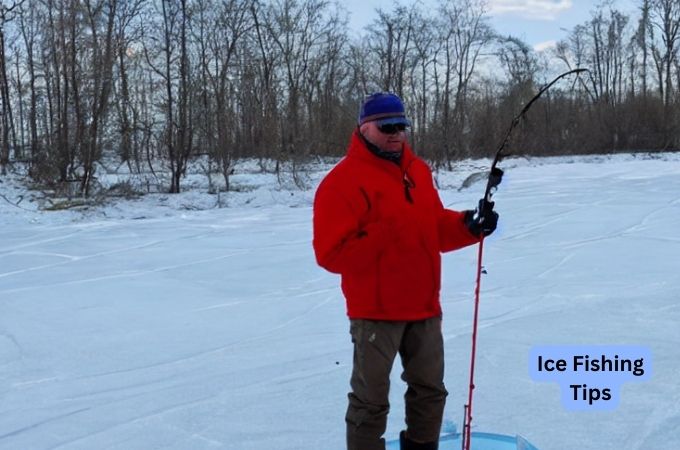
In Conclusion:
With ice fishing comes more challenges and fun demanding more knowledge, tricks, and skills. You can go ice fishing totally unprepared without even any tricks in mind but you have to expect a similar kind of result from it. Do not come cursing home claiming how the lake you go to never has any fish. Because not all lakes around you can be that empty,
can it? The problem is in your efforts, knowledge, and technique. With the right ice fishing technique, you can land dozens of fish easily. And, with the wrong, none. Therefore, keep these ice fishing tips in mind in order to at least have an average prey day rather than the worst one. A few simple adaptations can take you a very long way.
